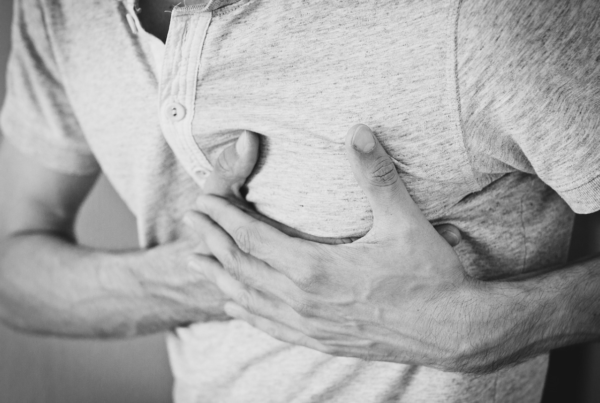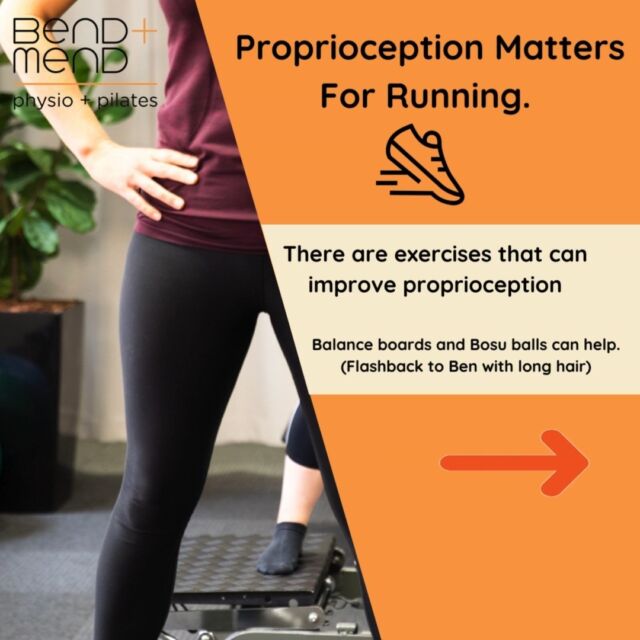What are Pull-Ups? Are they safe? Are you ready for them? Pull ups, kip ups, butterflies, muscle ups, what actually are these and are you ready to perform them safely?
There are several different types of pull-ups that have become increasingly popular in recent years due to the ever-growing following and enthusiasm for functional training or CrossFit-style training. These movements are frequently being added to workouts but how do you know if you are ready to perform each different type?
Strict Pull-Up
- Pulling up from a dead hang (close grip, wide grip, under grip).
- Chest to bar
- Chin to bar
Kipping Pull-Up
- When you use momentum to get up to the bar.
- Using a body wave or body roll movement hanging from the bar to help get yourself up there if you don’t have the strict strength to get up.
Butterfly Pull-Up
- When you use your momentum again but in a slightly different way that allows you to cycle through reps very fast.
- You need to be very strong and cardiovascular fit to be able to do a lot them efficiently.
CrossFit indirectly encourages the use of a kipping pull-up which is a gymnastic style pull-up that uses the momentum and power generated from the swing to pull up purely for getting more reps out.
Most people don’t have the patience to develop a strong base of underlying strength in strict pull-ups and control in the shoulder to be able to do the volume of pull-ups that CrossFit requires. Ego also plays a part, as people don’t want to back down from reps so they get them done however they can. This ego and attitude is what causes many upper limb injuries in the CrossFit world.
The most common injury from pull-ups that I have seen in the CrossFit setting and physiotherapy setting is biceps tendon pain. This is due to the bow stringing of the tendon and shearing force of the humeral head (arm bone inside the shoulder) due to poor control of the joint. So what does this all mean? In my opinion it is not ideal to do kipping pull-ups until you have static or strict pull-ups perfected. At my gym, we teach our athletes the strict pull-up for the same reason we teach the strict press (shoulder press with bar bell or dumbbell). It allows us to effectively teach and ingrain good mechanics in a low-risk environment. We can then progress to more dynamic moves like the kipping pull-up with less risk of defaulting into a poor position. The idea is to develop physical competency with the movement from a dead-start at end-range before challenging them with a speed element.
So how do we build up this strict strength?
Once the athlete can create and maintain a rigid spine and stable shoulder, it becomes an issue of strength. If the athlete cannot initiate the movement with good form, we’ll simply scale the movement.
* With the use of varying levels of resistance bands, you can begin working on your static pull-up strength. Basically, you loop these stretchy thick bands around the bar, put your feet on the band to give you that extra boost up to the bar. These resistance bands are great in helping you get that first pull-up from the bottom of your dead hang as this is the hardest part of the movement. The elastic band has the most potential energy as its most stretched out point and although this is great to help you get up, it may also hinder your ability to move from the dead hang.
* So, another exercise you can do to work on your strict pull-ups is a negative pull-up or eccentric-pull up. This is where you use a box to jump up to the bar starting at the top and lowering yourself down into the dead hang slowly. Working on eccentric strength (down phase) will benefit your overall pull-up as the movement requires goo stability and control of the whole shoulder girdle within a small range of motion.
Starting small, slow and controlled with strict pull-ups is much safer and thus preferred over momentum pull-ups! Only once you have demonstrated dynamic stability through full range of motion with your strict pull-ups is it recommended to progress onto kipping pull-ups.
Dynamic stability through full range of motion is tested by:
* Using low weight, if you cannot do a pressing motion overhead without stability of your shoulder girdle (even though it’s the opposite direction, it’s a push). Looking at coordination in both directions and then from there progressing more dynamic movements for example
o Hand stands, wall walks etc.
o Kipping pull-up with band
o Small pull/range of motion kipping pull-up
o Progress to large pull kipping pull-up
So, you need adequate stability when shoulder is headed in both directions push and pull.
If you need help with your Pull-Up technique, have joined one of the new gyms at Barangaroo, or just want to get the best of your gym workout, book in to see one of our physios who work at Bend + Mend | Barangaroo – King Street Wharf or Bend + Mend Martin Place.








